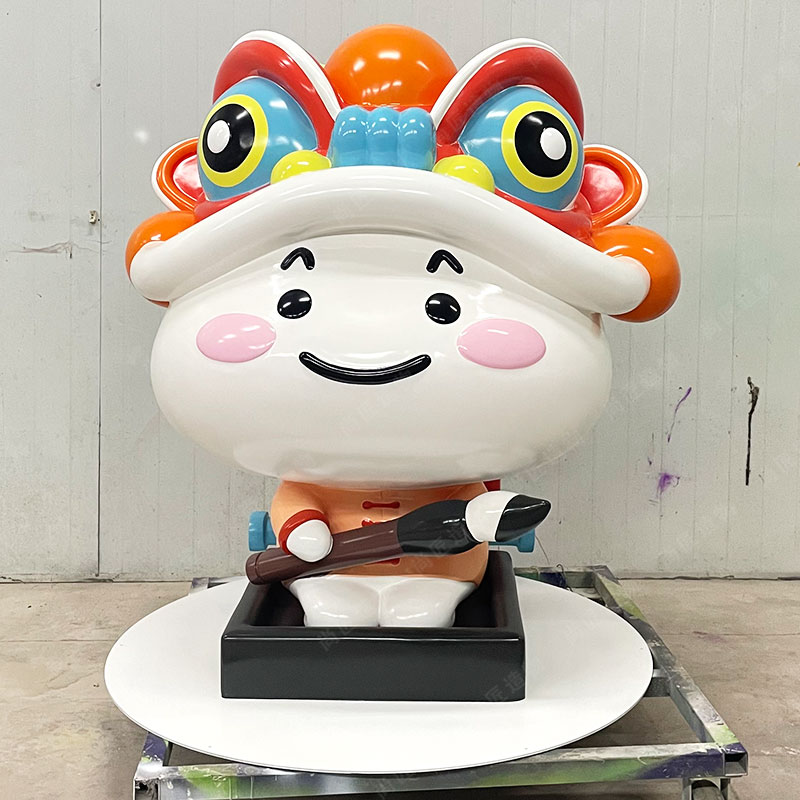Key Takeaways
Fiberglass has become a transformative material in moving sculpture art, merging structural resilience with artistic versatility. Its lightweight nature allows artists to create kinetic designs that respond fluidly to environmental forces like wind or touch, while its durability ensures long-term stability in outdoor installations. This balance of strength and adaptability makes it particularly suitable for dynamic public artworks, where motion and interaction are central to the viewer’s experience.
A comparative analysis of materials highlights fiberglass’s advantages:
| Feature | Fiberglass | Bronze | Wood |
|---|---|---|---|
| Weight (per cubic ft) | 2.5–3.5 lbs | 550–650 lbs | 25–45 lbs |
| Weather Resistance | High | Moderate | Low |
| Malleability | Excellent | Limited | Moderate |
Beyond kinetic applications, fiberglass excels in replicating anatomical textures, such as the porous surface of bones or muscle striations, through layered resin techniques. This precision enables artists to craft lifelike forms that maintain structural integrity even in intricate designs. For example, kinetic sculptures leveraging fiberglass can achieve repetitive motion without material fatigue, a common issue with metals.
Cost efficiency further enhances its appeal, as fiberglass production avoids the expenses of traditional casting while offering faster fabrication timelines. Innovations in composite blends continue to expand its use in anatomical artistry, allowing for hyperrealistic details that challenge perceptions of static and dynamic form.

Fiberglass Enhances Kinetic Art Movement
Fiberglass has become a cornerstone material for kinetic sculpture artists seeking to balance structural integrity with fluid motion. Its low weight reduces strain on moving parts, allowing intricate mechanical systems to operate smoothly without compromising stability. Unlike traditional metals, fiberglass resists corrosion and weathering—a critical advantage for outdoor installations exposed to shifting temperatures and moisture.
"Fiberglass lets me experiment with scale and motion in ways stone or bronze never could," explains kinetic sculptor Mara Velez. "The material bends just enough to suggest organic movement while holding its shape under stress."
For artists designing kinetic works, fiberglass offers flexibility in both form and function. Thin layers can be molded into curved, overlapping shapes that mimic natural motion, such as wind-driven rotations or pendulum-like swings. Engineers often recommend fiberglass sculpture frameworks for large public art projects due to the material’s shock-absorbing properties, which minimize wear on joints and motors over time.
Tip: When planning a kinetic fiberglass piece, prototype small sections to test how the material responds to repetitive motion. Adjust thickness in high-stress areas to prevent cracking.
This adaptability positions fiberglass as a bridge between artistic vision and engineering practicality, setting the stage for deeper exploration of its lightweight durability in the next section.
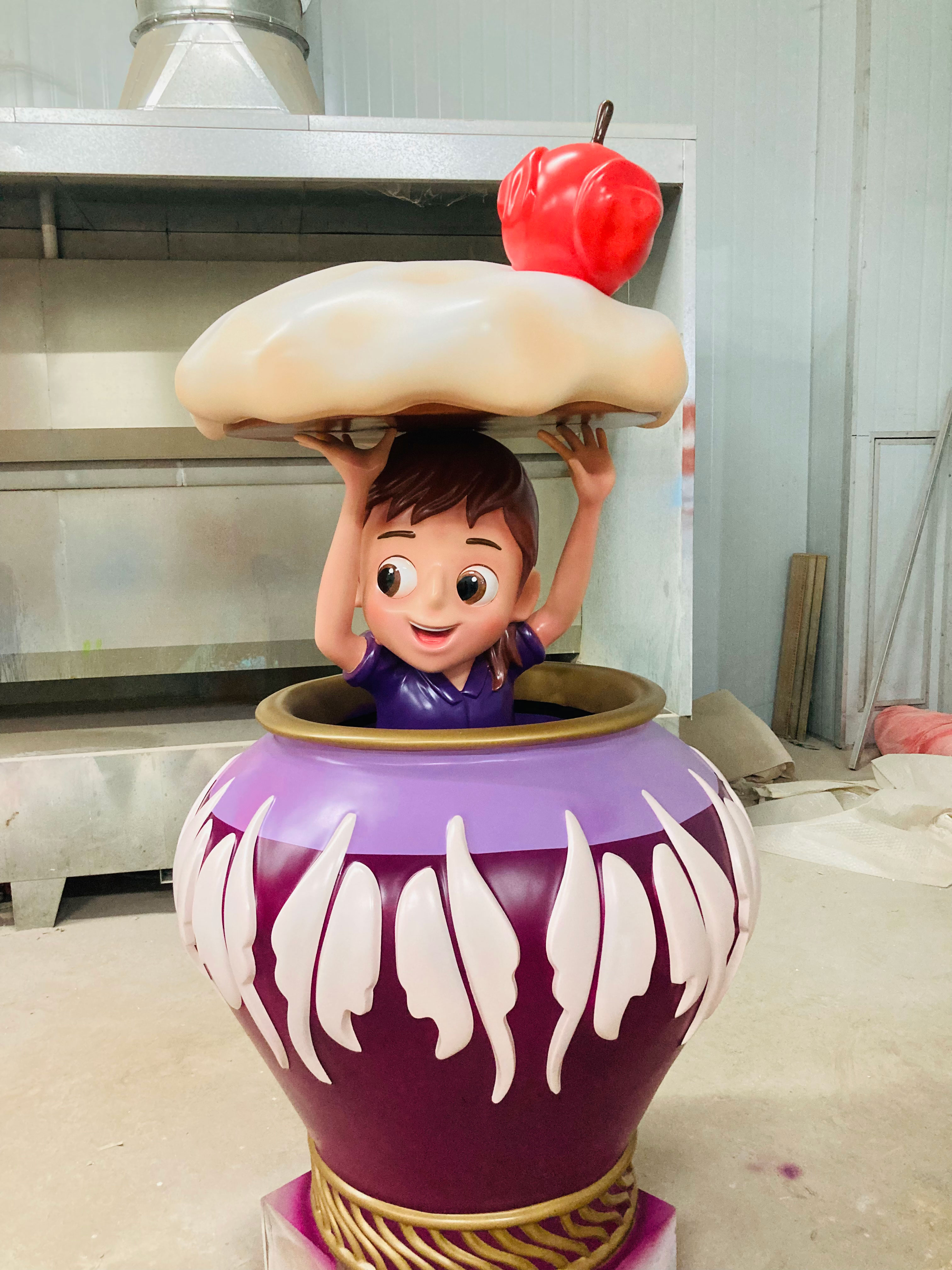
Lightweight Durability in Moving Sculptures
Fiberglass has redefined the structural possibilities of kinetic art by merging exceptional strength with minimal weight. Unlike traditional materials like bronze or stone, fiberglass composites allow artists to craft large-scale sculptures that remain easy to maneuver, even when suspended or integrated with mechanical components. This balance is critical for moving sculptures, where excessive mass can strain joints, motors, or support systems, limiting fluid motion. The material’s resistance to weather, corrosion, and UV degradation further ensures longevity in outdoor installations, where temperature shifts and moisture might warp or degrade alternatives.
For instance, fiberglass’s adaptability enables creations like the playful "Cartoon sculpture", which combines whimsical motion with structural integrity. By reducing the load on pivots and hinges, artists achieve smoother, more precise kinetic interactions—whether simulating natural gestures or abstract rhythms. This durability also lowers maintenance costs over time, addressing practical concerns without compromising artistic vision. As sculptors push boundaries with wind-responsive installations or motorized designs, fiberglass remains a cornerstone for balancing innovation with reliability, seamlessly transitioning into explorations of lifelike textures and anatomical precision in subsequent sections.
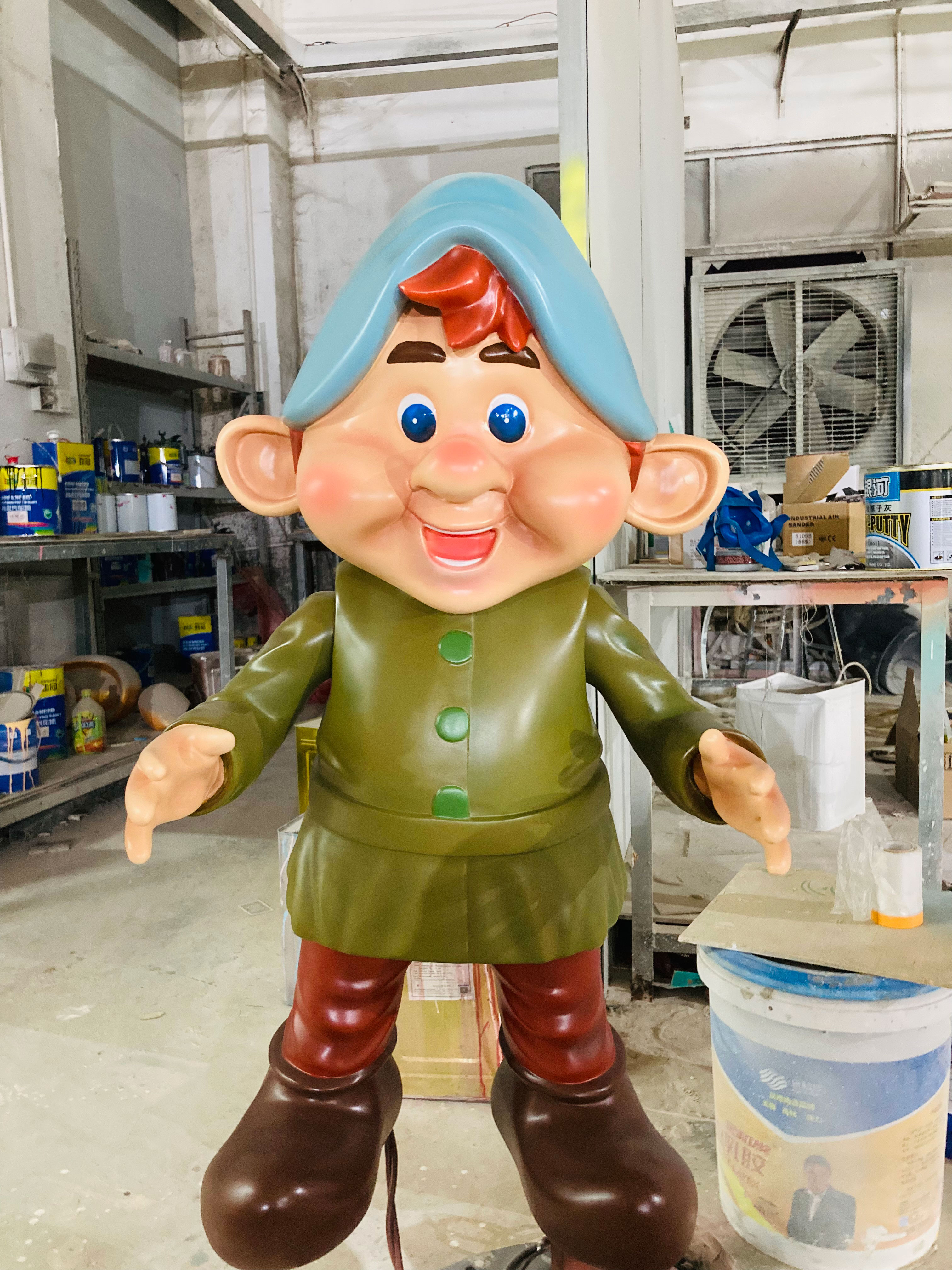
Sculpting Lifelike Bone Textures with Fiberglass
Fiberglass offers artists unprecedented control in replicating the intricate details of skeletal structures. Its composite resin-and-glass layers allow for precise carving of ridges, grooves, and porous surfaces that mimic natural bone morphology. Unlike traditional stone or metal, fiberglass’s lightweight nature supports delicate, thin-walled designs—such as rib cages or vertebrae—without compromising structural stability. This adaptability enables creators to achieve anatomical accuracy in sculptures ranging from medical education models to surrealist installations.
The material’s versatility extends to surface finishing. By combining sandblasting and hand-painting techniques, artists can replicate aged or weathered bone textures, adding depth to narratives in IP character sculpture or historical exhibits. For kinetic pieces, fiberglass’s resistance to vibration-induced wear ensures that dynamic joints—like rotating mandibles or articulated fingers—retain their lifelike appearance over time. This balance of durability and detail makes it a preferred medium for blending scientific rigor with artistic expression in bone-inspired works.

Dynamic Public Installations Using Fiberglass
Fiberglass has become a cornerstone material for dynamic public art due to its unique combination of strength and adaptability. Unlike traditional mediums like stone or metal, fiberglass’s lightweight nature allows artists to design large-scale kinetic sculptures that respond effortlessly to environmental forces such as wind or human interaction. This flexibility enables installations like rotating geometric forms or undulating wave-like structures, which maintain structural integrity even in high-traffic urban settings.
The material’s resistance to corrosion and UV degradation makes it ideal for outdoor displays, ensuring longevity in diverse climates. For example, fiberglass’s ability to mimic textures—from smooth metallic finishes to organic, bone-like surfaces—allows artists to blend lifelike anatomical details with abstract motion. Cities worldwide now feature fiberglass-based installations that engage viewers through shifting shapes or interactive elements, transforming static spaces into evolving visual experiences.
By balancing affordability with creative potential, fiberglass supports innovative projects that push the boundaries of realistic sculpture while remaining accessible to public art programs. Its versatility continues to inspire artists to explore kinetic possibilities, merging artistic expression with functional design in communal environments.
Cost-Effective Fiberglass for Artistic Motion
Fiberglass has emerged as a budget-friendly solution for artists exploring kinetic sculpture, balancing affordability with structural adaptability. Unlike traditional metals or stone, fiberglass reduces material and labor costs without compromising on movement capabilities. Its lightweight nature lowers transportation and installation expenses, particularly for large-scale projects, while its resistance to corrosion minimizes long-term maintenance—a critical factor for outdoor installations exposed to shifting weather conditions. Artists can experiment with dynamic forms, such as rotating limbs or swaying abstract shapes, by leveraging fiberglass’s moldability to create hollow sections that reduce weight and enable smoother mechanical integration.
This material’s compatibility with motorized components further enhances cost efficiency, as lighter sculptures require less energy to move. For instance, kinetic installations in public parks or interactive museum displays benefit from fiberglass’s ability to sustain repetitive motion without structural fatigue. While materials like stainless steel sculpture offer their own advantages in static designs, fiberglass provides a unique economic advantage for motion-driven art. By streamlining production through reusable molds and rapid prototyping, artists achieve intricate kinetic geometries at a fraction of the cost, democratizing access to dynamic sculptural expression.

Fiberglass Innovations in Anatomical Artistry
Fiberglass has opened new frontiers in anatomical sculpture by combining structural precision with artistic expression. Unlike traditional materials like marble or bronze, fiberglass allows artists to replicate complex biological textures—such as muscle fibers, bone surfaces, and vascular networks—with remarkable accuracy. This adaptability stems from its layered fabrication process, where resin-coated fiber mats can be molded into thin, intricate shapes while retaining strength. For instance, sculptors use fine-grit abrasives to etch microscopic grooves into cured fiberglass, mimicking the porous texture of trabecular bone or the fibrous patterns of ligaments.
Advancements in 3D scanning and modeling further enhance this synergy. Artists now create digital templates of skeletal or muscular systems, which guide the precise shaping of fiberglass components. These innovations are particularly valuable for educational installations, where hyper-realistic anatomical models help audiences visualize human biology. Meanwhile, the material’s resistance to environmental wear ensures longevity in outdoor exhibits, from skeletal arches in public parks to dynamic joint mechanisms in kinetic sculptures. By bridging art and science, fiberglass redefines how anatomy is represented—transforming rigid biological forms into dynamic, interactive art.
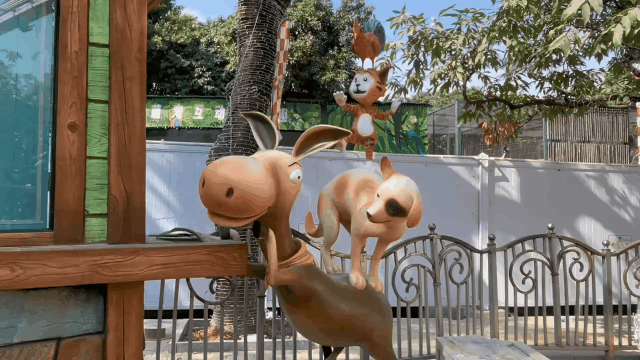
Kinetic Design Flexibility via Fiberglass
Fiberglass’s unique physical properties unlock unprecedented possibilities for kinetic sculpture design. Unlike rigid materials such as stone or solid metal, fiberglass-reinforced polymer combines tensile strength with a remarkably low weight, allowing artists to engineer moving components that respond fluidly to external forces like wind or human interaction. This adaptability enables the creation of complex, interlocking forms—such as rotating segments or articulated joints—without compromising structural integrity. For example, thin, curved panels molded from fiberglass can bend and rebound gracefully, mimicking organic motion patterns seen in nature.
The material’s resistance to corrosion and fatigue further ensures longevity in dynamic installations, even in outdoor environments where temperature fluctuations or moisture might degrade traditional mediums. Additionally, fiberglass can be layered or hollowed during fabrication to fine-tune balance and mobility, giving sculptors precise control over a piece’s kinetic behavior. This synergy between material science and artistic vision paves the way for evolving forms that challenge static perceptions of public art.
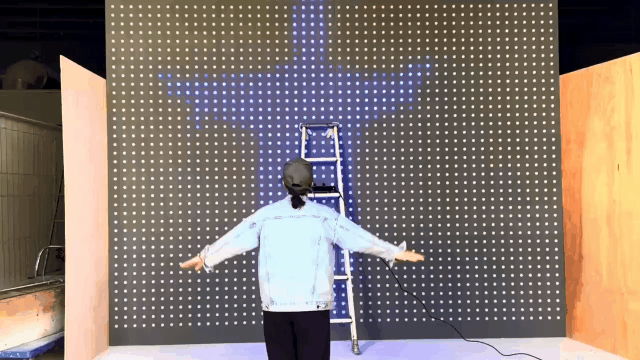
Bone-Inspired Sculptures and Fiberglass Techniques
Fiberglass has become a pivotal material for artists exploring bone-inspired sculptures, blending anatomical accuracy with creative expression. Its ability to mimic organic textures—such as the porous surfaces of bones or the smooth curves of skeletal joints—stems from layered molding techniques. Artists apply fiberglass resin over flexible molds, allowing precise replication of bone-like ridges and cavities. This process captures both structural complexity and visual realism, often enhanced by subtle coloring to imitate aged or weathered bone surfaces.
The material’s lightweight nature supports intricate designs while maintaining stability, crucial for freestanding sculptures or suspended installations. For instance, large-scale ribcage structures or spinal column motifs benefit from fiberglass’s balance of strength and malleability, enabling dynamic poses without compromising durability. Additionally, fiberglass permits iterative adjustments during fabrication—a practical advantage when refining delicate details like joint connections or fracture patterns.
Beyond aesthetics, this approach bridges art and science, offering educational value in museums or medical institutions. By mirroring biological forms with artistic liberty, fiberglass techniques invite viewers to reconsider the intersection of natural anatomy and human creativity. Such works often serve as focal points in public spaces, where their tactile, lifelike qualities spark curiosity and engagement.
Conclusion
Fiberglass has fundamentally transformed the possibilities of moving sculpture art by addressing critical challenges in material science. Its lightweight nature allows artists to create intricate kinetic designs that respond fluidly to environmental forces, while its durability ensures longevity in dynamic public installations. This material’s adaptability extends to anatomical precision, enabling artists to replicate lifelike bone textures and organic forms with remarkable accuracy. As demonstrated in contemporary art practices, fiberglass bridges the gap between structural integrity and artistic experimentation, offering cost-effective solutions without compromising creative ambition. The ongoing evolution of fiberglass techniques continues to inspire sculptors to push boundaries in kinetic and anatomical artistry, reinforcing its role as a cornerstone of modern three-dimensional expression. This combination of practicality and innovation positions fiberglass as an indispensable medium for artists seeking to merge motion, realism, and public engagement in their work.
Frequently Asked Questions
How does fiberglass improve movement in kinetic sculptures?
Fiberglass combines lightweight properties with structural strength, allowing artists to create suspended or rotating elements that respond to air currents or mechanical systems without compromising durability. This material reduces stress on joints and supports in mobile installations.
What makes fiberglass suitable for outdoor moving sculptures?
Its resistance to corrosion, moisture, and UV degradation ensures longevity in dynamic public installations. Unlike metals, fiberglass won’t warp or rust, making it ideal for weather-exposed kinetic art that requires consistent motion over decades.
Can fiberglass replicate detailed textures like bone or organic forms?
Yes. Artists layer fiberglass with resins and additives to mimic bone marrow cavities, trabecular patterns, or muscle striations. The material’s moldability supports intricate surface detailing while remaining lightweight enough for articulated components.
Is fiberglass cost-effective for large-scale kinetic projects?
Compared to bronze or stainless steel, fiberglass offers lower material and fabrication costs. Its adaptability reduces assembly time for complex moving parts, cutting labor expenses without sacrificing artistic precision.
How do artists balance flexibility and stability in fiberglass sculptures?
Strategic reinforcement with carbon fiber rods or metal armatures provides rigidity where needed, while thinner fiberglass sections enable controlled bending. This hybrid approach achieves fluid motion without structural failure.
 ch
ch English
English

